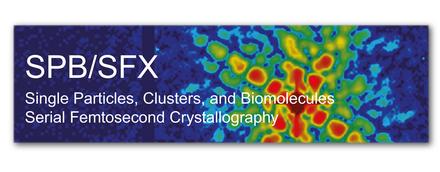Published description of the SPB/SFX instrument is online
The SPB/SFX instrument at the European XFEL is an important new tool in studying the structure of biomolecules, atomic and molecular clusters, and novel materials using a variety of X-ray scattering techniques. While this webpage describes the instrument in general terms, a publication in the Journal of Synchrotron Radiation provides a peer-reviewed description of the technical background and science case.
The article describes the various scientific components of the instrument. This includes the rationale for their use and how they enable various types of experiments, including single-particle imaging, serial femtosecond crystallography, and a variety of time-resolved experiments. The development of the instrument is also described, along with a detailed list of current (as of April 2019) instrument properties.
From vacuum systems to optics to sample environment and to the very fast X-ray detector AGIPD, the article details the instrument design. These unique features allow the instrument to use high-intensity X-ray laser pulses at femtosecond time scales to investigate the structure and function of molecular samples. Also discussed is the downstream region of the instrument, where the unused beam from the first sample chamber will be refocused for a second experiment. Additionally, the paper references detailed descriptions of other important systems, including optical lasers and data acquisition and storage.
The article is open access and can be read in its entirety here.
